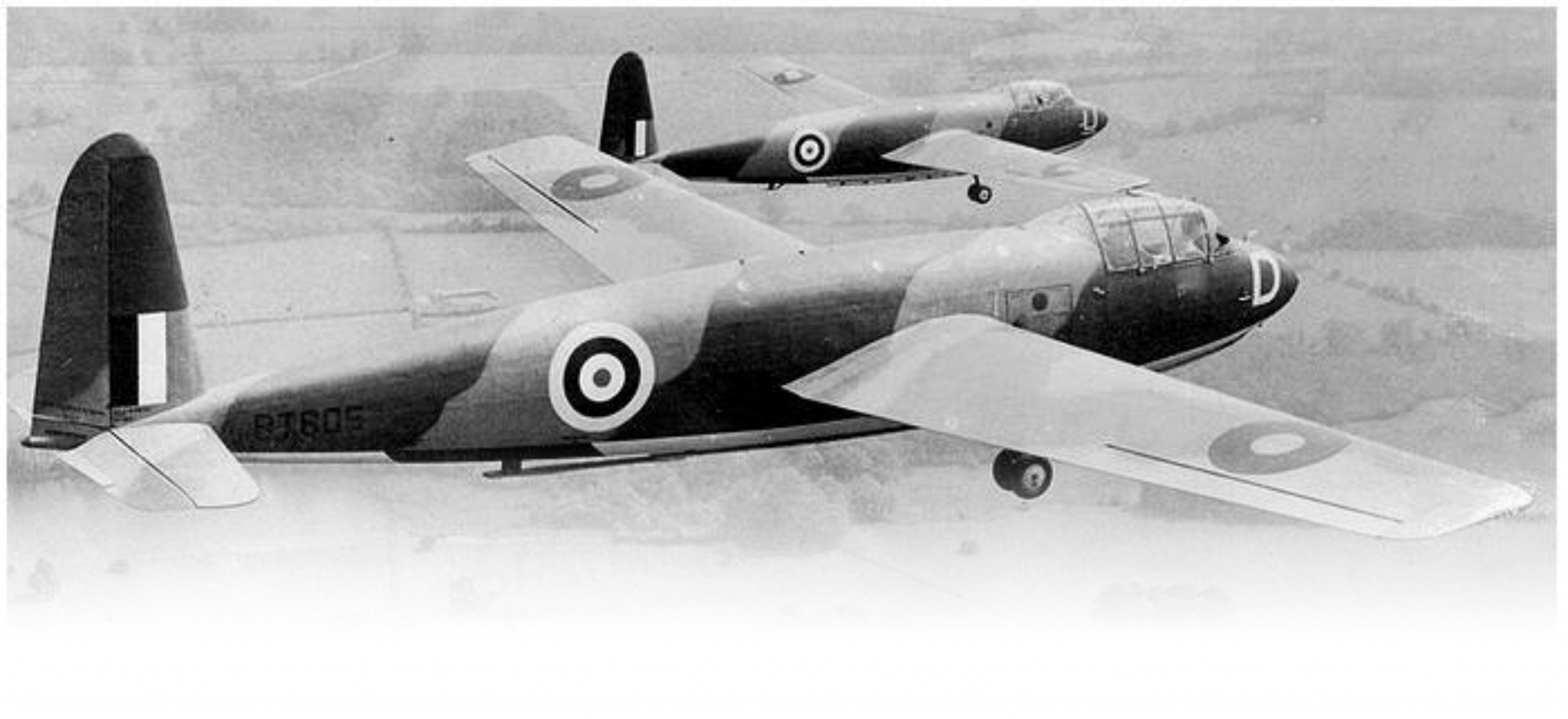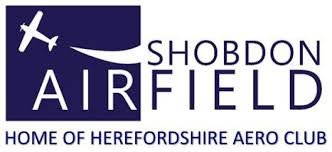
Shobdon Airfield
Part of the community since 1942
With the outbreak of war in September 1939…
One of the first priorities of the British High Command was to secure the country against any invasion plans that Hitler might already have.
With this in mind new airfields were required and in 1940 Pembridge Landing Ground opened and became immediately operational when No.8 Anti-Aircraft Co-operation Unit moved in with Westland Lysander and Fairey Battle aircraft to support Army manoeuvres.
In 1941 Pembridge Landing Ground began upgrading to the status of a proper airfield and construction of a massive triple width runway and additional buildings were completed by May 1942 and the site was renamed Shobdon Airfield.
In July 1942 No.5 Glider Training School moved in with Miles Master II tugs and Hotspur Troop Carrying Gliders and began a programme of glider pilot training.
Altogether 1,345 pilots, 291 gliding instructors and 218 tug pilots were trained at Shobdon during WWII and they saw action in the major airborne operations, including the landings on Sicily and the Normandy beaches (D-Day) and the battles of Arnhem and the Rhine. No.5 Glider Training School also holds the record for the most number of day and night glider training missions, with 96,925 separate glider launches up to 1945.
No.5 Glider Training School finally disbanded on the 18th October 1945 and Shobdon saw its last war aircraft depart in November 1945 and all flying activity ceased.
In the summer of 1961, after battling through huge amounts of red tape, members of the newly formed Herefordshire Aero Club, gained permission from the Air Ministry to use the easterly end of the runway and one of the hangars.
The club was able to operate an Auster Autocrat from the former grass landing area at the southern end of the airfield and a temporary clubhouse was installed in the old wartime control tower. In April 1962 the Auster was at last permitted to use the main runway and from that time the Aero Club began to enrol members from the general public and continues to do so to this day.


